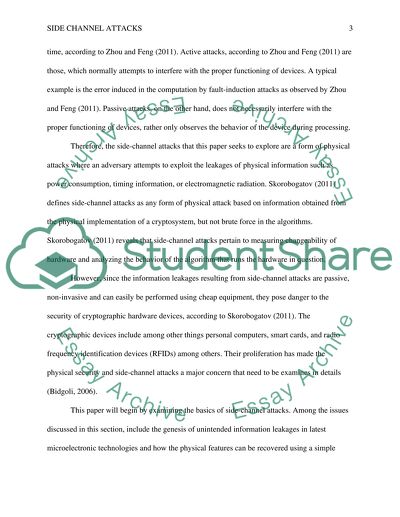Cite this document
(“Side Channel Attacks Essay Example | Topics and Well Written Essays - 3750 words”, n.d.)
Retrieved from https://studentshare.org/information-technology/1404433-choose-one-of-the-options-in-the-assignment
Retrieved from https://studentshare.org/information-technology/1404433-choose-one-of-the-options-in-the-assignment
(Side Channel Attacks Essay Example | Topics and Well Written Essays - 3750 Words)
https://studentshare.org/information-technology/1404433-choose-one-of-the-options-in-the-assignment.
https://studentshare.org/information-technology/1404433-choose-one-of-the-options-in-the-assignment.
“Side Channel Attacks Essay Example | Topics and Well Written Essays - 3750 Words”, n.d. https://studentshare.org/information-technology/1404433-choose-one-of-the-options-in-the-assignment.


